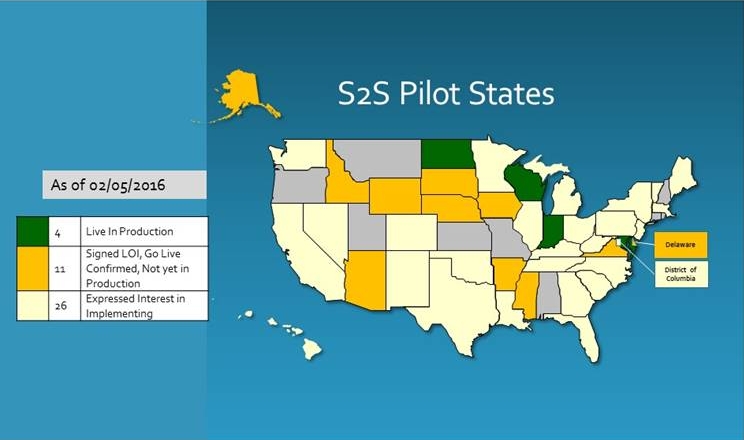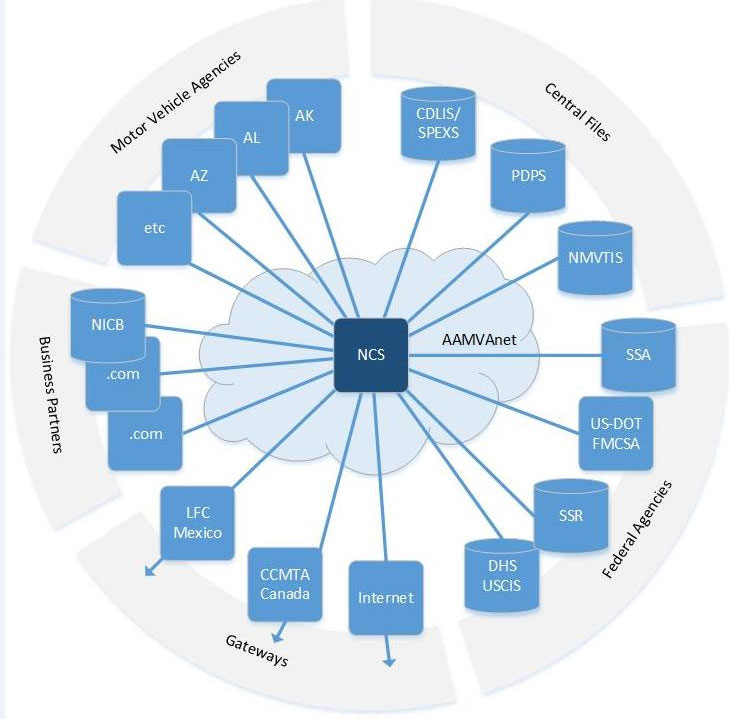UN human rights office cites our concerns about migrants’ rights
The United Nations Office of the High Commissioner for Human Rights has released a new report prepared at the request of the UN Human Rights Council on the situation of migrants in transit and their human rights. The report cites with approval our submission to the OHCHR on the ways that the right to freedom of movement is violated by governments and by airlines and other common carriers:
Physical barriers to the movement of migrants in transit have been accompanied by a wide range of restrictive measures to restrict or deny access to territory, asylum procedures and other screening and identification procedures by migrants in transit, as well as accelerated or even summary returns. OHCHR has provided guidance to States to ensure the accountability of private transport companies and other private actors that are implementing entry restriction measures. OHCHR, Recommended Principles and Guidelines on Human Rights at International Borders, guideline 4.6. [“Ensuring the accountability of private transport companies and other private actors that are involved in implementing entry restriction measures such as pre-departure screening and decisions on access to transportation, and providing effective remedies for those unlawfully denied transport. Developing and encouraging the adoption of human rights-based codes of conduct for private actors in this regard that set out expected standards of behaviour and the consequences of failure to adhere to those standards.”] See also the contribution to the present study from the Identity Project (http://papersplease.org).
Much of the discussion of migrants in transit, and many of the concerns of other contributors to the OHCHR study, relate to treatment in intermediate countries (such as while passing through Mexico en route from other countries to the US, or though Greece or Malta en route from Africa or Asia to other countries in Europe) and/or the extreme hazards of “irregular” modes of transportation used by those who are unable to travel by common carrier.
But refugees and asylum seekers would not need to pass through intermediate countries or rely on human smugglers and irregular and unsafe means of transport (overcrowded and unseaworthy small boats, treks on foot through the desert, etc.) if they were allowed to travel directly from their countries of origin to countries of potential refuge and asylum by air or on other licensed, inspected, and regulated common carriers (ferries, railroads, etc.). As we noted:
Many eligible asylum seekers could afford to purchase airline tickets or tickets on other common carriers (ferries, trains, buses, etc.) to travel to countries where, on arrival, they would be eligible for asylum. They risk their lives as “boat people”, and some of them die, not for financial reasons, but because airlines or other government-licensed common carriers improperly refuse to sell them tickets or deny them boarding.
Most of the problems of migrants in transit are directly attributable to their illegal (but government-induced) exclusion from airlines and other common carriers, and could easily be avoided by eliminating government sanctions against common carriers that fulfill their duty to transport all would-be passengers (including refugees and asylum seekers), and respecting the human right to leave any country, including one’s own — by whatever route and means one chooses to leave, and irrespective of one’s identity (by definition, human rights are universal and independent of identity) or what, if any, documents issued by any government one may happen to possess (often none, in the case of legitimate asylum seekers who are often denied ID credentials by the governments they are seeking to flee).
“Carrier sanctions” are not a side issue to the migration crisis. They are the root cause of much of the suffering of migrants in transit, and a fundamental violation of the human rights to due process (carrier sanctions turn airline staff into unqualified de facto asylum judges of first and last resort) and freedom of movement.
In our submission to the OHCHR, we also noted that “screening” of passengers is a euphemism for “control” (passengers are “screened” to decide who will be allowed to travel, and who will not), and that algorithmic “screening” and permission-based travel control regimes are likely to result in systematic discrimination against refugees and asylum seekers:
Their nationality or place of origin in a conflict zone may cause them to be deemed “risky” according to the profiling and “risk scoring” algorithms. There may be limited, inconsistent, or nonexistent records pertaining to migrants in irregular situations in the databases used for profiling and risk scoring, and screening algorithms may equate uncertainty with risk. In order not to violate the right to freedom of movement, denial of transportation as part of “screening” or otherwise must be based on valid substantive grounds, and must be made by qualified officials through procedures that ensure due process and are subject to effective judicial review, taking into consideration the special difficulties that asylum seekers in countries where they are subject to persecution are likely to face in obtaining access to the courts of destination countries in which they want to seek asylum.
We are pleased to see the interest of UN human rights bodies in these issues. We urge national and international authorities considering carrier sanctions or traveler “screening” proposals to consider the impact of these schemes on human rights.

